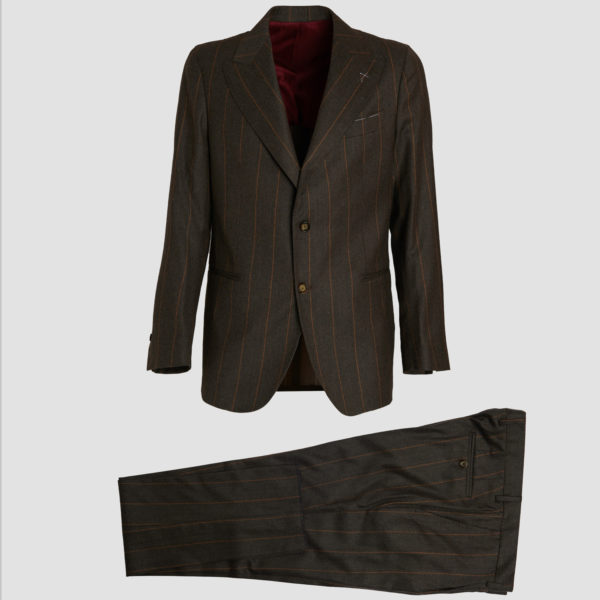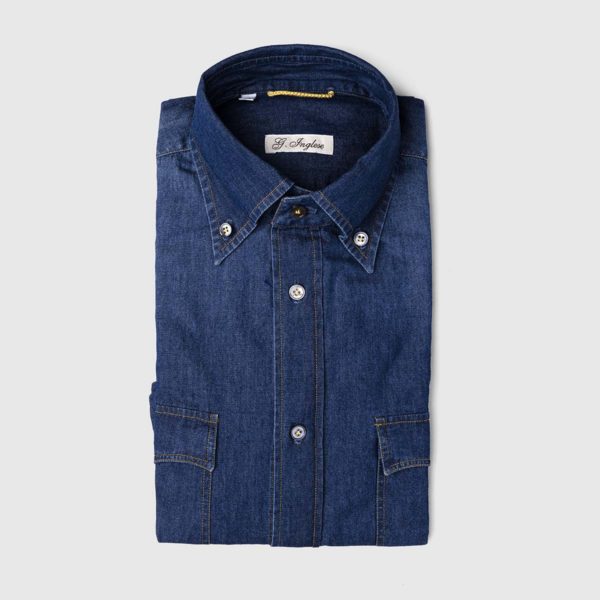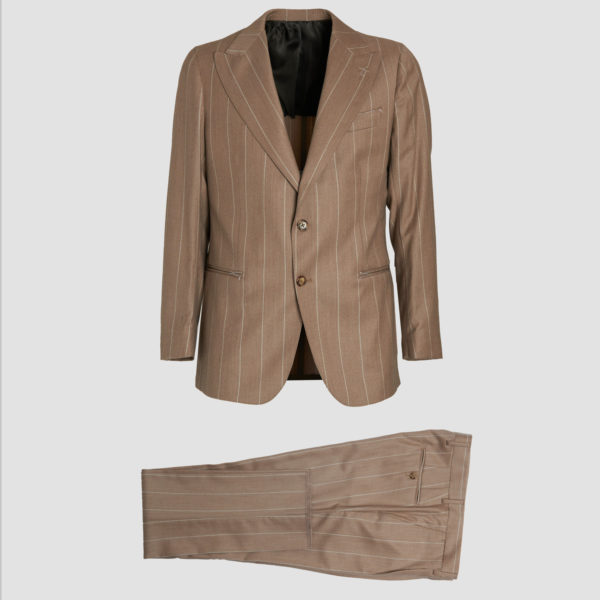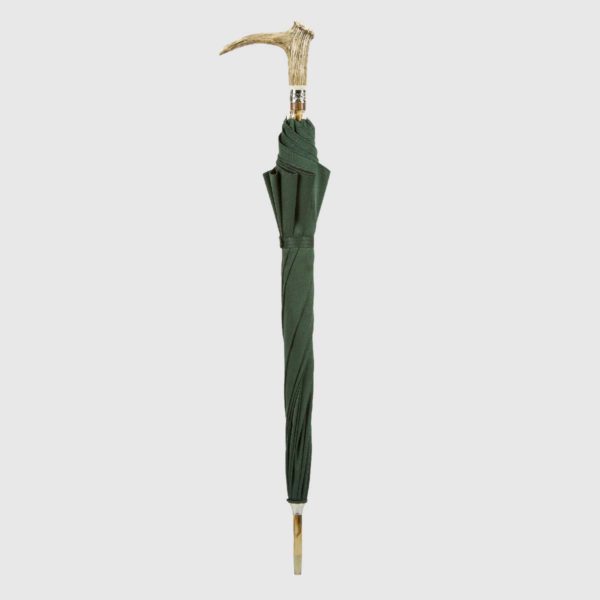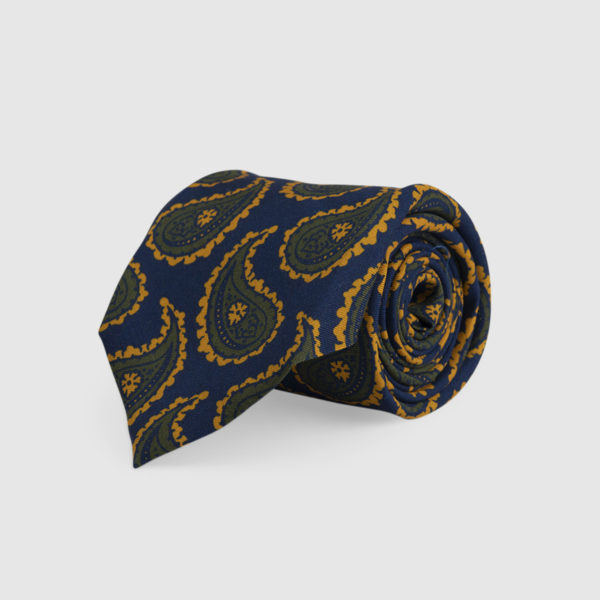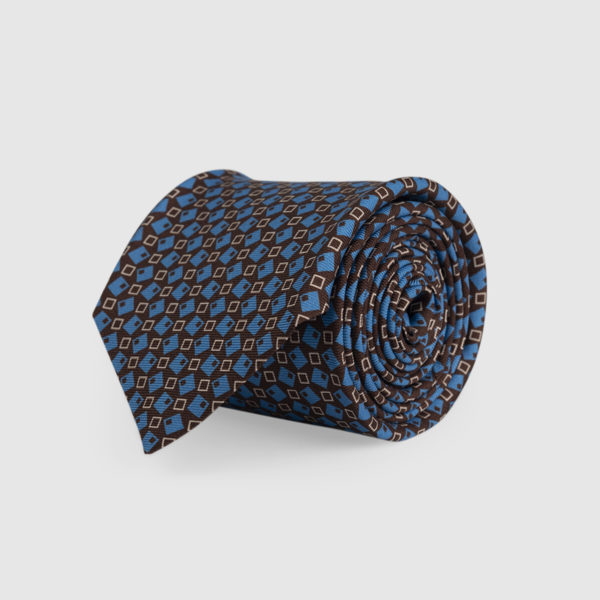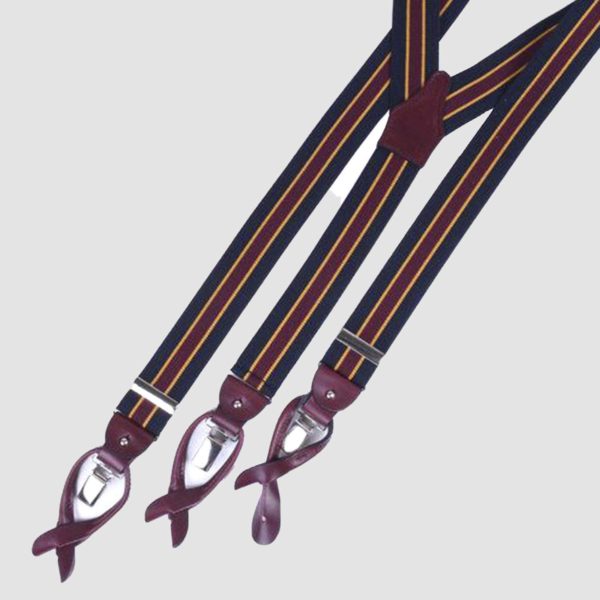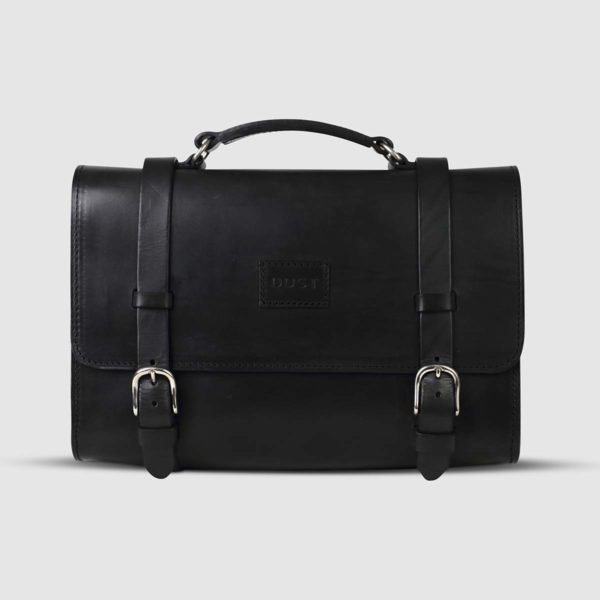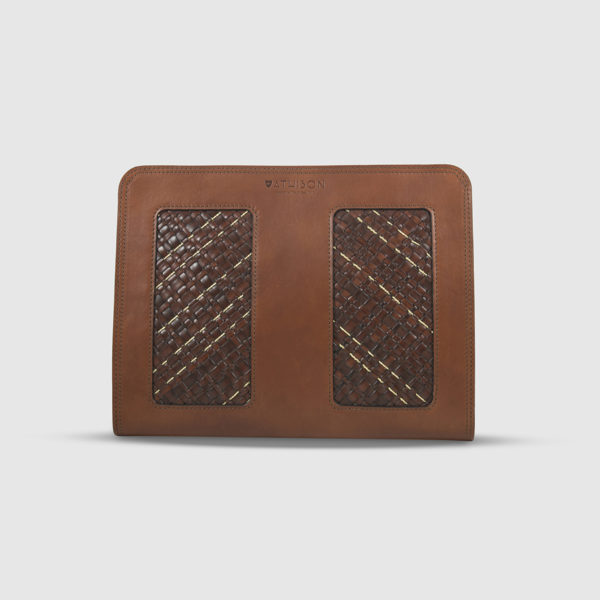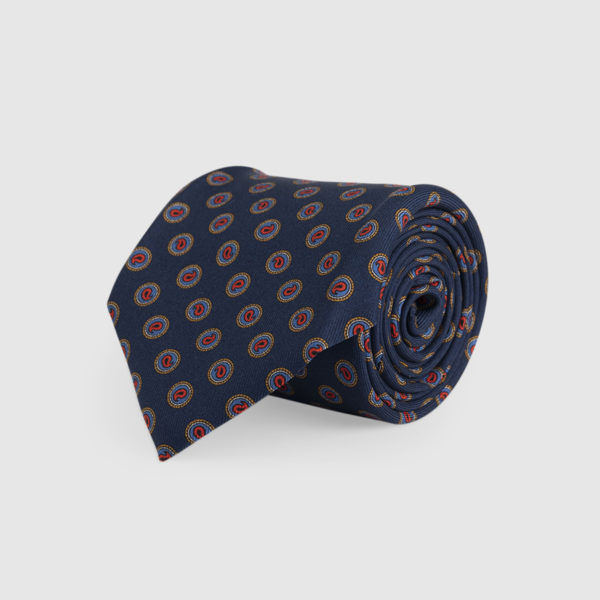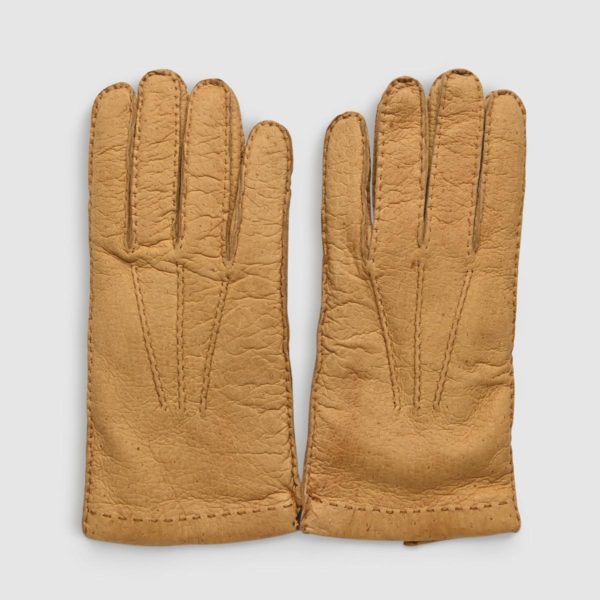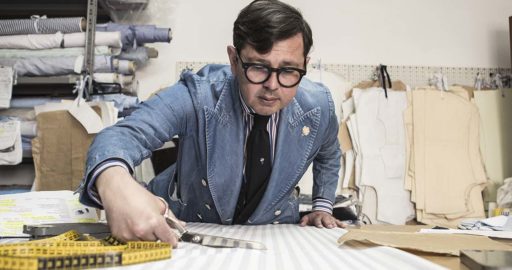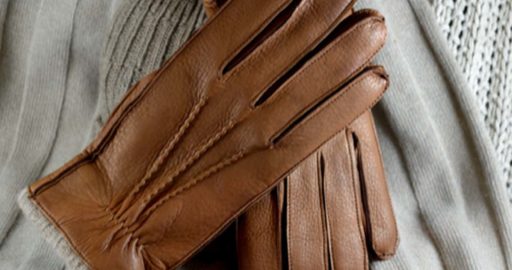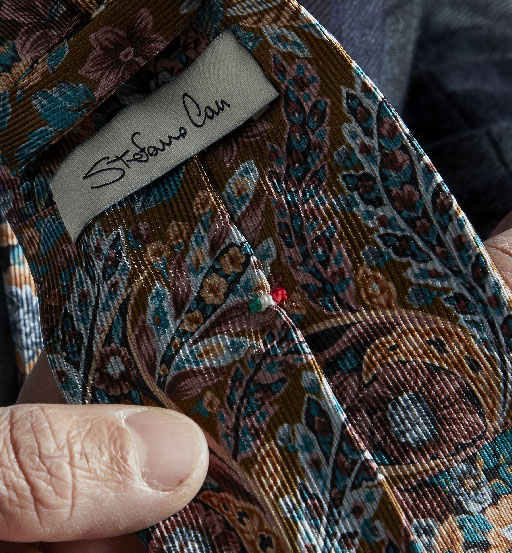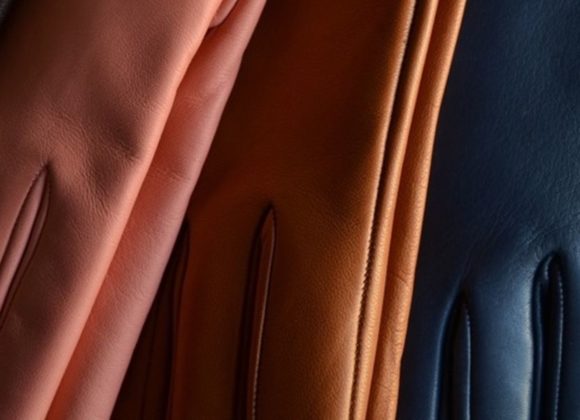SHIPPING
Barròco delivers to Italy, Europe and worldwide. Shipping to Italy is free for orders over €200.00, otherwise it costs €7. Shipping to all European countries costs €20, while the cost to the USA/CANADA is €27.
In the rest of the world, shipping costs start at 40.00€ and go up to 70.00€ for a small number of countries. Our team makes an annual effort to renegotiate shipping rates for all continents to which we ship. We will keep you updated if there are any reductions or increases in logistics costs.
Standard delivery takes 2 working days for shipping in Italy and UE (from Monday to Friday, excluding national holidays).
Delivery time varies from 3 to 5 days for all other Countries. For further details please see below the product card.
All our products are shipped through DHL or Fedex. You will receive a tracking code as soon as the courier will take care of your order, where you can monitor the real-time delivery status. Recipient’s signature is always required, as well as an ID Document for purchase over 1.000 euros. The courier will try the delivery twice. After the second try, the delivery has to be rescheduled.
For any other information, please contact our Customer Service.
PAYMENTS
Purchase prices are exclusively related to the shipping Country and its taxation. Local taxes will be added to the purchase price at the checkout.
You will receive an invoice regarding you purchase via email. So your orders will never contain prices.
Barròco allows you to pay via Bank Transfer, PayPal or Credit/Debit Card. We accept all the main payment circuits such as MasterCard, Visa and American Express. The charge will be in the same currency as the prices showed on the website.
Our website is protected by the most updated security systems for payment data protection and encryption, such as SSL protocol, guarantee by Stripe. Encryption makes your data illegible to Barròco or any other third party. This guarantees the total security of all transactions and of any card data you may save on the website for future purchases.
For any other information, you can read our Privacy Policy or contact our Customer Service.
COMPANY
BARROCO S.R.L. is a Limited Company (Società a Resposabilità Limitata – Italian business type) regularly registered to Milan Chamber of Commerce Industry Craftsmanship and Agriculture Company Registration List.
Registration Number: MI – 2120451
VAT Number: 09900070963
Company Legal Address: MILANO (MI) VIA BARBAVARA 9 CAP 20144 – ITALY
Legal mail: [email protected]
RETURNS
Please be sure the product is in the same conditions as you receive it, before filling the form below and proceed with the return of it.
Barròco guarantees the return of the merchandise within 14 days of the product receipt.
There are no delivery costs for the return of the product within Italy, Europe as well as worldwide.
As soon as we receive your return request, we will send you an email with the label to be printed and attached on the package for the return of the merchandise.
You will receive promptly an email since we receive the merchandise also about the acceptation of the product. After an attentive control or technical evaluation in case of fine jewellery, Barròco will decide about the reimbursement of the product. Barròco will not accept and refund the purchase in case the product will not be in its original conditions, namely worn, used, altered or damaged.
Barròco will refund the entire cost of the purchase as soon as possible and within 14 days from the merchandise receipt. The refund will be issued though the same payment method used for the purchase.
Barròco is used to sell unique or limited edition products. Therefore we cannot guarantee the replacement of the same product.
Some products are subject to different return policy, due to peculiar products or materials. In this case, you will find all the details in the product page.
 0
0



